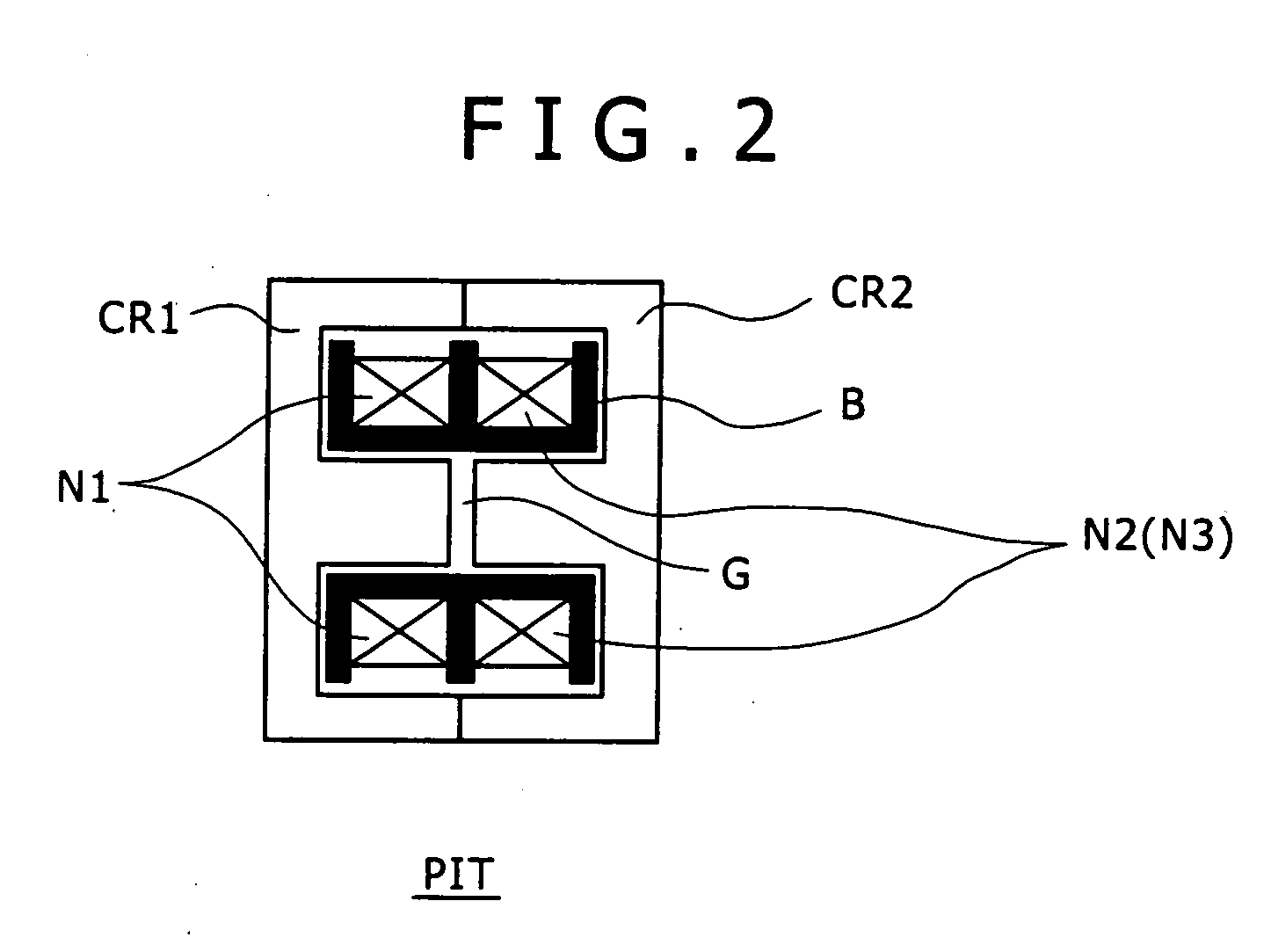Switching power supply circuit
a power supply circuit and power supply technology, applied in the direction of electric variable regulation, process and machine control, instruments, etc., can solve the problems of substantially impossible control of switching frequency, difficult to obtain a practical numerical value as power conversion efficiency, and degrade the power factor indicating the efficiency of use of power supply, etc., to achieve the range (necessary control range) of switching frequency, which is necessary for stabilization, and reduce the effect of the rang
- Summary
- Abstract
- Description
- Claims
- Application Information
AI Technical Summary
Benefits of technology
Problems solved by technology
Method used
Image
Examples
Embodiment Construction
[0131] The best mode for carrying out the invention (hereinafter referred to as embodiments) will hereinafter be described. In the description below of the embodiments, the embodiments are roughly classified into four embodiments, that is, a first, a second, a third, and a fourth embodiment. Further, variations in the categories of the first, second, third, and fourth embodiments will be represented by embodiments 1-1 to 1-n, 2-1 to 2-n, 3-1 to 3-n, and 4-1 to 4-n according to the numbers (n) of the variations, respectively.
[0132]FIG. 1 is a circuit diagram showing an example of the configuration of a switching power supply circuit according to an embodiment 1-1. The power supply circuit shown in this figure employs a combination of an externally excited current resonant converter of a half-bridge coupling system with a partial voltage resonant circuit as the fundamental configuration on the primary side.
[0133] Also, the power supply circuit shown in this figure employs a so-calle...
PUM
 Login to View More
Login to View More Abstract
Description
Claims
Application Information
 Login to View More
Login to View More - R&D
- Intellectual Property
- Life Sciences
- Materials
- Tech Scout
- Unparalleled Data Quality
- Higher Quality Content
- 60% Fewer Hallucinations
Browse by: Latest US Patents, China's latest patents, Technical Efficacy Thesaurus, Application Domain, Technology Topic, Popular Technical Reports.
© 2025 PatSnap. All rights reserved.Legal|Privacy policy|Modern Slavery Act Transparency Statement|Sitemap|About US| Contact US: help@patsnap.com



